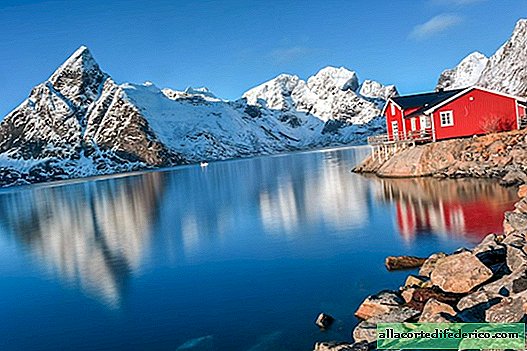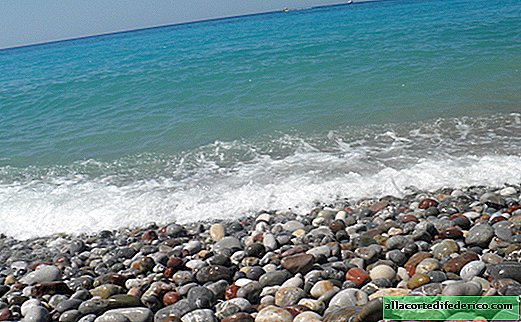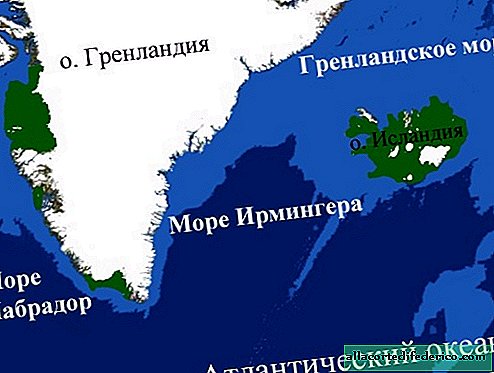Sea buckthorn against the Gobi desert: a unique project of Mongolia
In recent years, the Mongolian leadership has been actively buying seedlings of sea buckthorn and supporting farmers growing this crop. And the matter is not only in healthy berries and products from sea buckthorn. It performs a much more important function: it helps stop the spread of the sands of the vast Gobi Desert.

This is not to say that Mongolia was very lucky with the natural conditions and geographical location. It has no access to the sea, and its closest neighbors are the undeveloped regions of Russia and China, which in no way contributes to the rapid development of trade and economic ties. Transport infrastructure and agriculture are also not easy. Most of the country's territory is endless sandy deserts or mountain ranges. Air temperatures here are close to extreme: the sharply continental climate causes severe 35-degree frosts in winter and sweltering 35-degree heat in summer.

In such circumstances, developing the economy is very difficult. The construction and operation of roads, which are constantly covered with sand during sandstorms, turns into a constant struggle with the natural elements. In addition, desert areas increase annually: overgrazing of livestock has led to the degradation of already scarce vegetation cover and the onset of sand deserts. Among the many ways to deal with sand drifts, Mongolian experts turned their attention to sea buckthorn.

Sea buckthorn is successfully grown in many countries of Europe and Asia. In addition to the very valuable berries from which oil, syrup and juice are made, it also has incredible unpretentiousness. Sea buckthorn without special consequences tolerates drought, high temperatures, harsh wintering without snow cover and annually pleases with the harvest. This is what the Mongol authorities made their main bet on, its ability to grow in conditions of sharply continental climate and semi-desert.

Mongolia can hardly be called a crop country, since cattle breeding has always played a major role in the agriculture of this country. But sea buckthorn seems to fundamentally change this situation. The first experiments related to the landing of sea buckthorn on the border of the onset of sand gave amazing results: sea buckthorn not only coped with its task of strengthening the soil, but also gave a good harvest. Mongolia began to buy large quantities of sea buckthorn seedlings in Russia and China and plant large territories with them.

Today, many active farmers in Mongolia refuse to breed goats and sheep and switch to the cultivation of sea buckthorn. The valuable berry turned out to be not only an unpretentious culture capable of stopping the onset of barren sands, but also extremely profitable. Already today, Japan, China and other Asian countries are actively purchasing products of processing Mongolian sea buckthorn; there are also contracts for the supply of sea buckthorn to France. Encouraged by such success, the Mongolian leadership is making bold plans to turn the country into a leading region for the production of sea buckthorn.


















